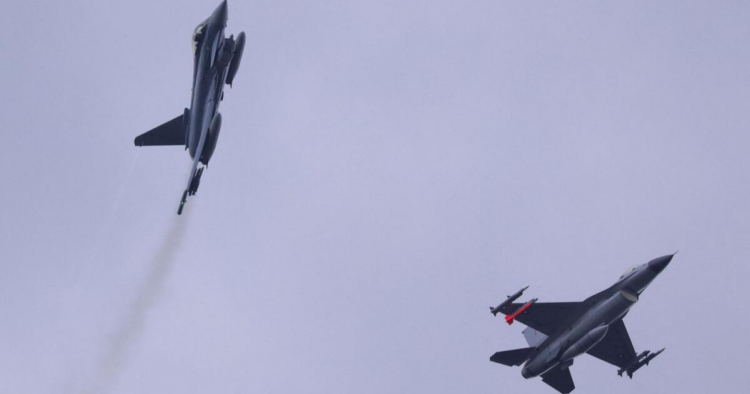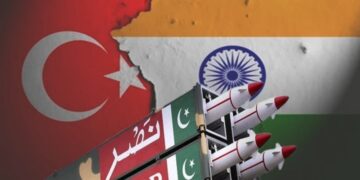In Washington this month, NATO leaders discussed significant issues including the ongoing war in Ukraine and the upcoming U.S. presidential election. However, behind the scenes, NATO’s military planners have been working hard to address the urgent need to upgrade Europe’s defense capabilities. The alliance is undertaking its biggest overhaul in three decades due to increased concerns about Russian aggression.
NATO’s Defense Overhaul Plans
Last year, NATO leaders agreed on plans to drastically improve the alliance’s defense capabilities. The alliance is now focusing on assessing the minimum defense requirements to meet these plans. These requirements, recently sent to national governments, highlight the major shortfalls in NATO’s current defenses.
Military planners estimate that addressing these gaps could cost billions of euros. By autumn 2025, NATO aims to set binding targets for individual member countries to strengthen Europe’s defense.
NATO officials have identified several critical areas needing improvement. These include shortages in air defenses, long-range missiles, troop numbers, ammunition, logistics, and secure digital communications on the battlefield. Although NATO has not released an overall cost estimate, the alliance’s challenge is clear: it needs to overcome significant budgetary constraints and differing opinions on how to approach Russia.
Impact of U.S. Presidential Election
The upcoming U.S. presidential election adds another layer of uncertainty for NATO. Former President Donald Trump, who has criticized European allies for relying too much on U.S. military support, might return to power.
During the NATO summit in Washington, European policymakers acknowledged that regardless of the election outcome, European countries would need to significantly increase their military spending. British Defense Secretary John Healey emphasized that as the U.S. shifts its focus to the Indo-Pacific, European nations must take on more of the defense burden.
NATO leaders in Washington agreed that many member countries will need to exceed the current target of spending 2% of their GDP on defense. This year, 23 NATO members already meet or surpass this target.
The alliance’s new defense plans suggest that European allies must boost their defense budgets further to address critical shortfalls. For instance, Germany will need to significantly increase its air defenses and troop numbers.
Germany, a key NATO member, faces a considerable challenge. It needs to add between 20,000 to 30,000 additional combat troops and quadruple its air defense capabilities. The cost of upgrading Germany’s air defenses is high, with recent orders for Patriot missile units costing 1.35 billion euros.
Despite these needs, Germany is planning to cut its military aid to Ukraine in 2025 due to budgetary constraints.
NATO is also focusing on logistics to ensure that troops are properly supplied and can move efficiently. Planners are working on detailed maps to manage the transportation of essential supplies and to protect critical infrastructure. Cyber defenses are being strengthened to prevent hacking attacks that could disrupt military operations.
NATO’s planning includes preparing for the possibility of a Russian attack. The alliance needs to be ready to deploy combat-ready troops quickly and efficiently. Planners are developing early warning systems to detect potential threats and ensure a rapid response if needed.
In summary, NATO is undertaking a major overhaul to address Europe’s defense needs amid rising tensions with Russia and uncertainties regarding U.S. support. The alliance’s success will depend on how well member countries can meet these new requirements and increase their defense spending.

















Comments